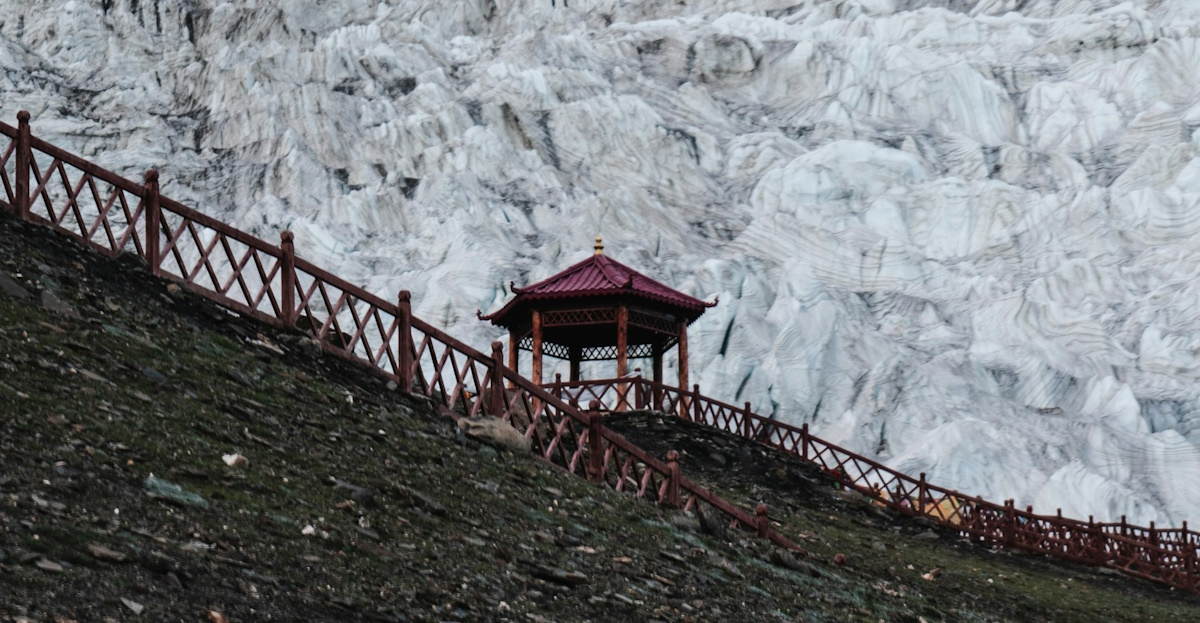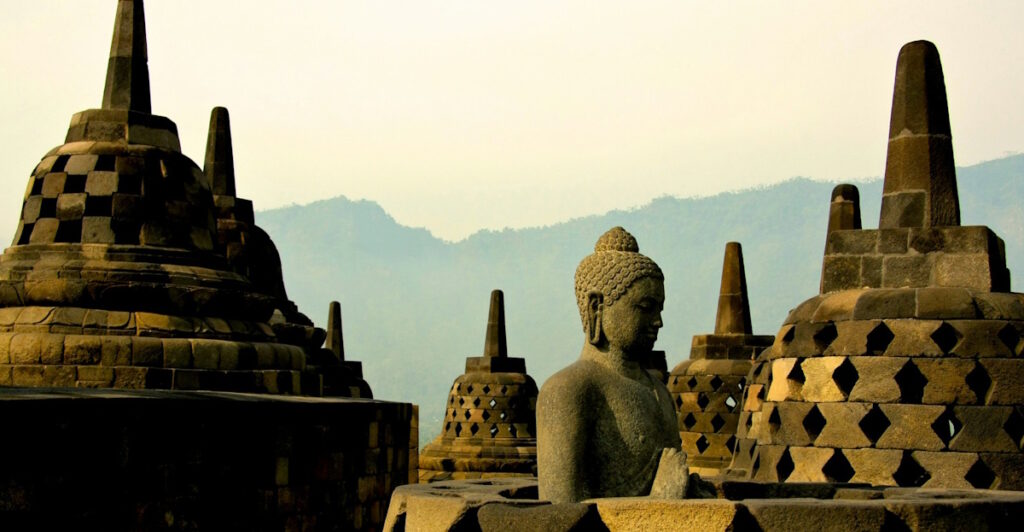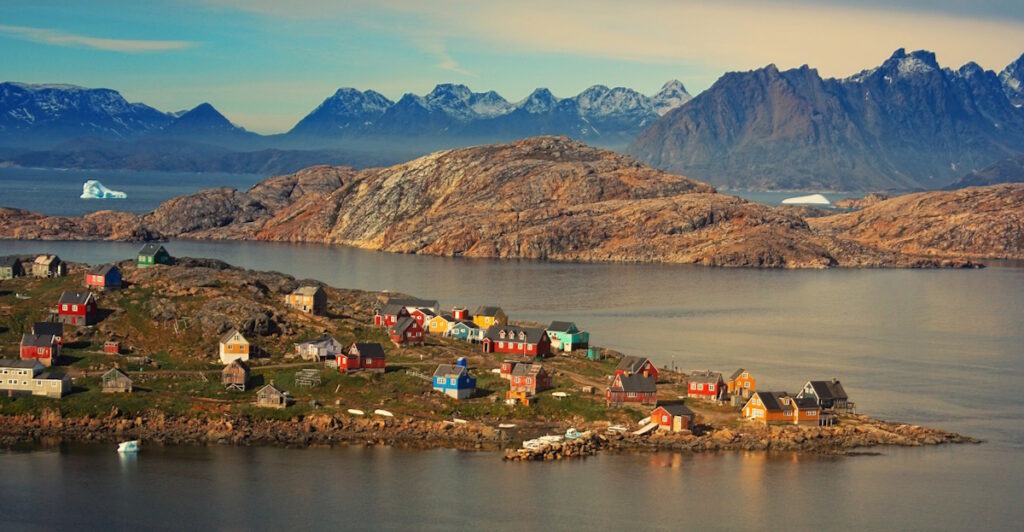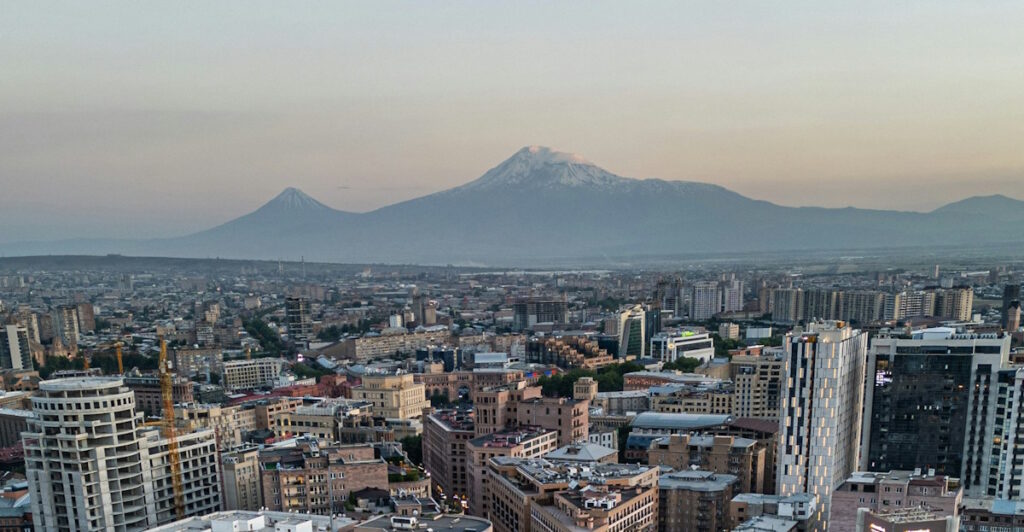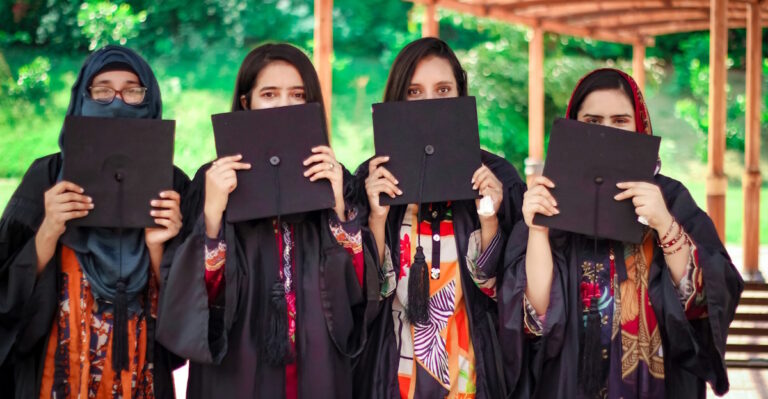by Sebastien GOULARD
At the end of December 2024, China approved the construction of a megadam in the Tibet Autonomous Region (Xizang). This project will result in the largest hydroelectric dam ever built. While it promises to produce up to 300 billion kWh annually and drive new development in Tibet, the project raises concerns among China’s neighbours, which Beijing will need to address through new regional cooperation initiatives.
An Unparalleled Dam
This dam will be the most powerful in the world, with an annual capacity three times that of the Three Gorges Dam in Hubei, currently the largest of its kind. The project, first introduced in 2020 by Power Construction Corp of China, is set to break multiple records.
Its colossal budget is estimated at nearly $137 billion. Technically, the project poses significant challenges: the Yarlung Zangbo River, where the dam will be built, is situated at an altitude of nearly 4,000 metres and features a gradient of 2,000 metres over just 50 kilometres. Additionally, the region’s seismic activity cannot be overlooked, and the structure will need to be designed to withstand potential earthquakes. The construction of this dam will serve as a striking demonstration of Chinese expertise in such projects.
The dam initiative is expected to be accompanied by several measures aimed at fostering development in Tibet. These efforts will include the preservation of the region’s religious and cultural heritage, the implementation of local development programmes to stimulate the economy, and the adoption of environmental measures to minimize the dam’s impact on the fragile Himalayan ecosystem.
This megadam will significantly impact China’s energy production, helping the country accelerate its energy transition and achieve carbon neutrality by 2060. It is likely that hydroelectric dam projects in the Himalayas will proliferate in the coming years, not only in China but also in India.
Reactions from India and Bangladesh
According to Beijing, the construction of this dam should not have environmental consequences for neighbouring countries. However, India and Bangladesh have expressed concerns about the project. After Tibet, the Yarlung Zangbo River flows through the Indian states of Arunachal Pradesh and Assam under the name Siang, before merging with other rivers to form the Brahmaputra in Bangladesh, ultimately emptying into the Ganges Delta.
India has officially voiced its concerns through its Minister of Foreign Affairs. The construction of this dam is part of a broader context of strained relations between Beijing and New Delhi. Although the two countries agreed in October 2024 to withdraw their respective military forces from certain disputed border areas in the Himalayas, tensions remain, particularly following the Chinese State Council’s creation of new counties, He’an and Hekang, in the Xinjiang Autonomous Region—territories also claimed by India.
Bangladesh could be the state most affected by this megadam, as well as by India’s other planned projects on the Brahmaputra and the Teesta River in West Bengal. Dhaka has its own plans to restore the Teesta River, whose water levels are decreasing. To fund this project, the Bangladeshi government is seeking financing, with both India and China offering to contribute in an effort to maintain good relations with Bangladesh. As a country that is heavily reliant on its rivers for agriculture, Bangladesh will closely monitor developments on the Brahmaputra in the coming years.
The Need for Regional Coordination
Without genuine coordination between the three neighbours and an agreement on shared water usage, the risk of heightened tensions cannot be ignored. This is especially true as energy transition policies drive all three nations to develop new hydroelectric dam projects.
China, India, and Bangladesh will need to continue engaging and collaborating on the coordinated management of the Yarlung Zangbo-Brahmaputra River, potentially adopting mechanisms similar to those used in the Greater Mekong Subregion.

